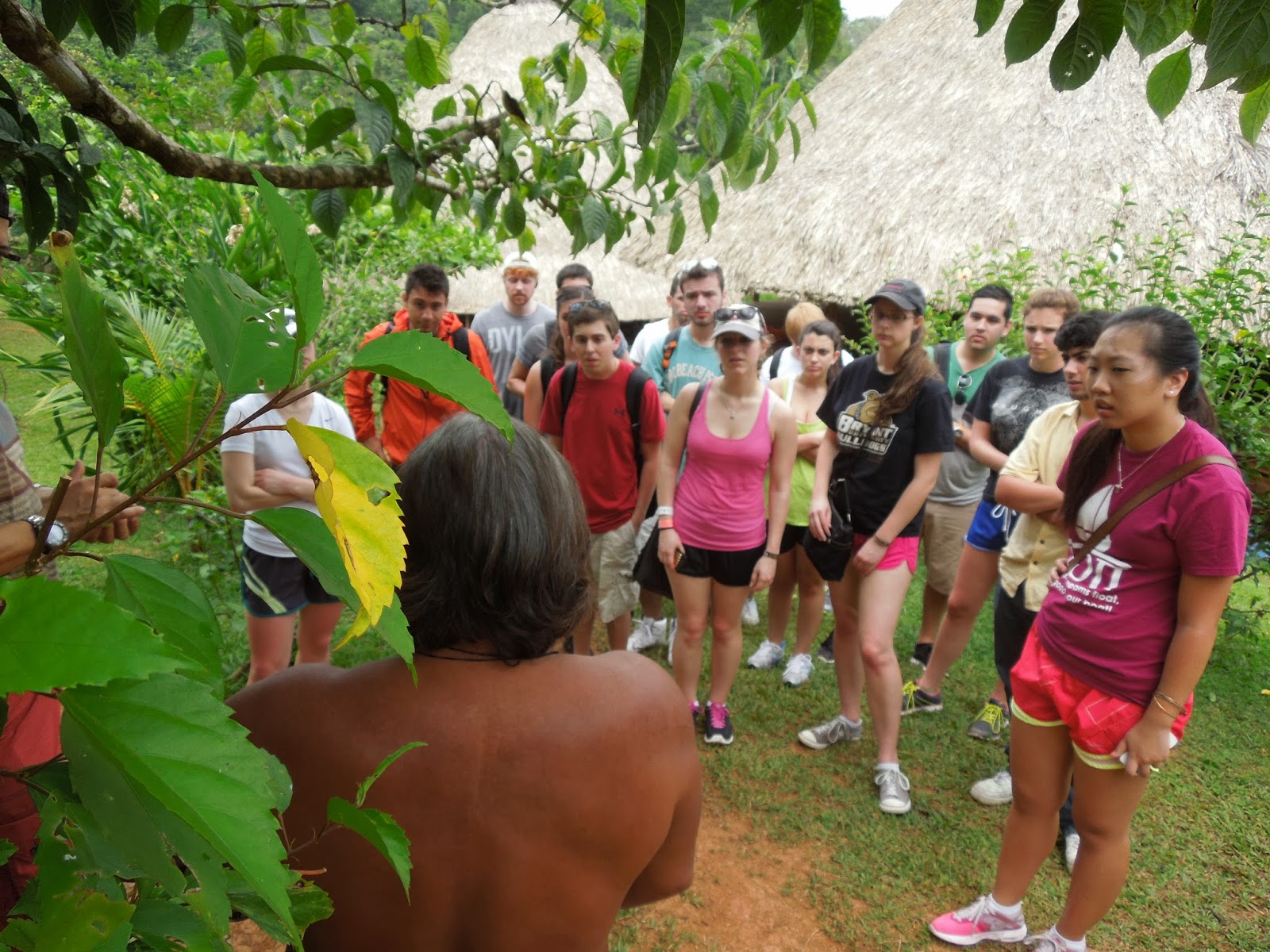
We were first greeted by a kind man named Fernando Lopez. He
informed us that the Dell Center in Panama was the largest center in Central
America containing two large buildings. The first building consisted of
hundreds of cubicles and it was known as the operating building: tech support,
phone calls, emails, chats, and IT assist. This support center reaches from the
U.S. and Canada, and all the way to some parts in Europe. This tech support
group is working 24/7 because of all the time zones they must deal with,
including England and the Netherlands.
The second building we toured was only a
year and a half old and it was more of the corporate side including finance,
accounting, logistics, auditors, marketing, human resources, and labs for
engineering. This building is also made up of many cubicles that can hold 3,000
employees. All of the workers speak Spanish and English. In the training labs,
they have invested in $40 million worth of equipment mainly used by the
engineers who solve computer problems. Lorenzo Batista is the main engineer for
the dell Center in Panama and he has been there for 8 years and he is known as
THE man around the labs.
Finally, Giancarla gave us a nice presentation about Dell and how
the company works. They started in 2003 as a call center and the are
transitioning to a services provider and a solutions company. In Panama alone
they have 2,300 employees, 275+ management teams, and 35% are female employees.
They are #1 in storage and cloud computing and they are moving towards a Cisco and
Lenox type company. They have had 1420 employee volunteers for community
service projects and they have contributed 13,500 hours during these projects
which they are very proud of. Dell in Panama has acquired 16 companies in the
past 4 years and they are continuing to strive.
To conclude the presentation,
Shane gave Giancarla a gift from all of us and she thanked him by a kiss on the
cheek which Shane enjoyed very much and his face was consumed by redness!
Contributed by Elle Madsen

































